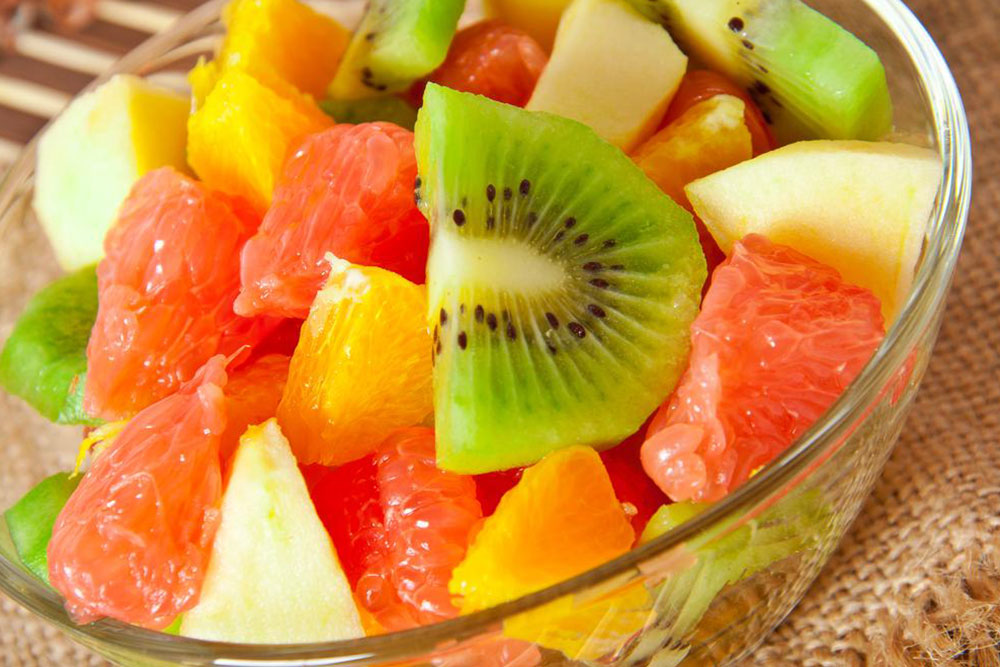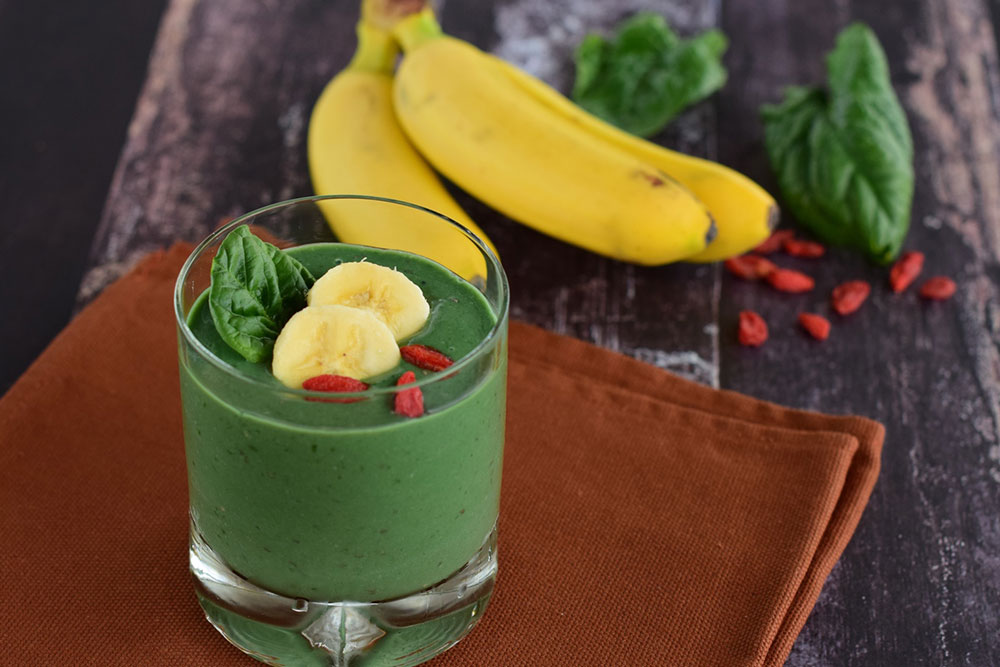Comprehensive Dietary Strategies to Manage Gout Effectively
Discover comprehensive dietary strategies to manage gout effectively. Learn which foods to include or avoid, such as berries, healthy fats, and purine-rich foods, to reduce inflammation and uric acid levels. Combining proper nutrition with lifestyle changes can significantly alleviate symptoms and prevent flare-ups. This detailed guide provides actionable tips for those suffering from gout, emphasizing the importance of diet, hydration, and professional medical advice to maintain joint health and improve quality of life.

Optimizing Gout Management Through Dietary Choices: Essential Guidelines
If you're grappling with gout, you're aware of how intense and disruptive this condition can be. Gout, a specific form of arthritis, predominantly targets joints such as those in the toes, fingers, and ankles. Its occurrence is closely linked to dietary habits, especially the consumption of foods high in purines, like red meats, certain grains, and legumes. When the body cannot efficiently eliminate uric acid, it leads to the formation of needle-like crystals within joints, triggering severe pain and inflammation. Understanding how diet influences gout is crucial for effective management. While medication is often necessary, making strategic dietary modifications can significantly reduce flare-ups and improve quality of life.
Gout manifests as a persistent condition characterized by sudden and intense joint pain, swelling, redness, and tenderness. These symptoms often strike suddenly, with the big toe being a common initial site, especially during nighttime. Uric acid, a waste product formed during the breakdown of purines, normally gets excreted via the kidneys into urine. However, in individuals with gout, this process is impaired, leading to elevated uric acid levels, or hyperuricemia, which then promotes crystal formation in joints.
The hallmark signs of gout typically include sudden, stabbing pain and swelling in the affected joint, often during the night. The affected joint might appear red and feel tender to touch. Normal uric acid excretion through urine can become disrupted due to various factors like diet, genetics, or health conditions, resulting in uric acid crystal deposits that lead to gout attacks. Recognizing these early symptoms is vital for prompt treatment and management.
Can adjusting your diet alone eradicate gout? While dietary changes may not completely cure the condition, they play a pivotal role in reducing the frequency and severity of attacks. Combining proper nutrition with prescribed medications can vastly improve the overall management of gout. Therefore, understanding which foods to prioritize or avoid is essential for anyone looking to control this condition effectively.
Implementing specific dietary patterns can lead to notable improvements. Here are recommended foods and eating habits for managing gout:
Incorporating Anti-Inflammatory and Uric Acid-Reducing Foods
Anthocyanin-rich berries such as cherries, strawberries, and blueberries are excellent choices. These fruits contain bioflavonoids and anthocyanins, which possess anti-inflammatory properties. Consuming these berries regularly, especially during the early stages of a gout attack, can help reduce joint inflammation and pain. Starting your day with berries along with low-fat dairy options like yogurt or milk and whole grain cereals can be protective against gout flare-ups. Low-fat dairy products are associated with decreased serum uric acid levels and lower gout risk.
Healthy Dietary Fats
Focus on including healthy fats in your diet, such as extra virgin olive oil, coconut oil, avocados, and nuts like walnuts and pecans. These fats help improve insulin sensitivity and reduce inflammation. Omega-3 fatty acids, found in fish oil, flaxseeds, and walnuts, are particularly effective at combating inflammation related to gout. Using olive oil for cooking or as a salad dressing can be beneficial, and incorporating omega-3-rich foods can further alleviate joint discomfort.
Foods Rich in Potassium and Alkalizing Agents
Boost your intake of potassium by consuming green leafy vegetables such as spinach, kale, broccoli, and legumes like lima beans. Potassium helps regulate uric acid levels by promoting its excretion through urine. An alkaline-forming diet, rich in fruits and vegetables, can help neutralize excess acid in the body, reducing the risk of uric acid crystal formation. Incorporating these foods regularly not only supports uric acid metabolism but also enhances overall joint health.
Foods and Substances to Limit or Avoid
Cut back on foods containing high-fructose corn syrup, often found in processed snacks, candies, sodas, and artificially sweetened cereals, as they can significantly raise uric acid levels. Limiting sugar intake is crucial in gout management.
Seafood high in purines, such as oily fish (salmon, mackerel), shellfish, shrimp, and sardines, should be consumed sparingly or avoided during flare-ups, since purines break down into uric acid.
Alcohol consumption, particularly beer and spirits, should be minimized or eliminated because alcohol interferes with uric acid clearance and increases crystal formation, worsening gout symptoms. Opting for non-alcoholic beverages or moderation can make a significant difference.
By integrating these dietary strategies with a healthier lifestyle—such as maintaining a healthy weight, staying hydrated, and exercising regularly—you can manage or even prevent gout attacks more effectively. If symptoms persist despite strict dietary adherence, consulting a healthcare professional is essential for tailored treatment and ongoing management plans.





